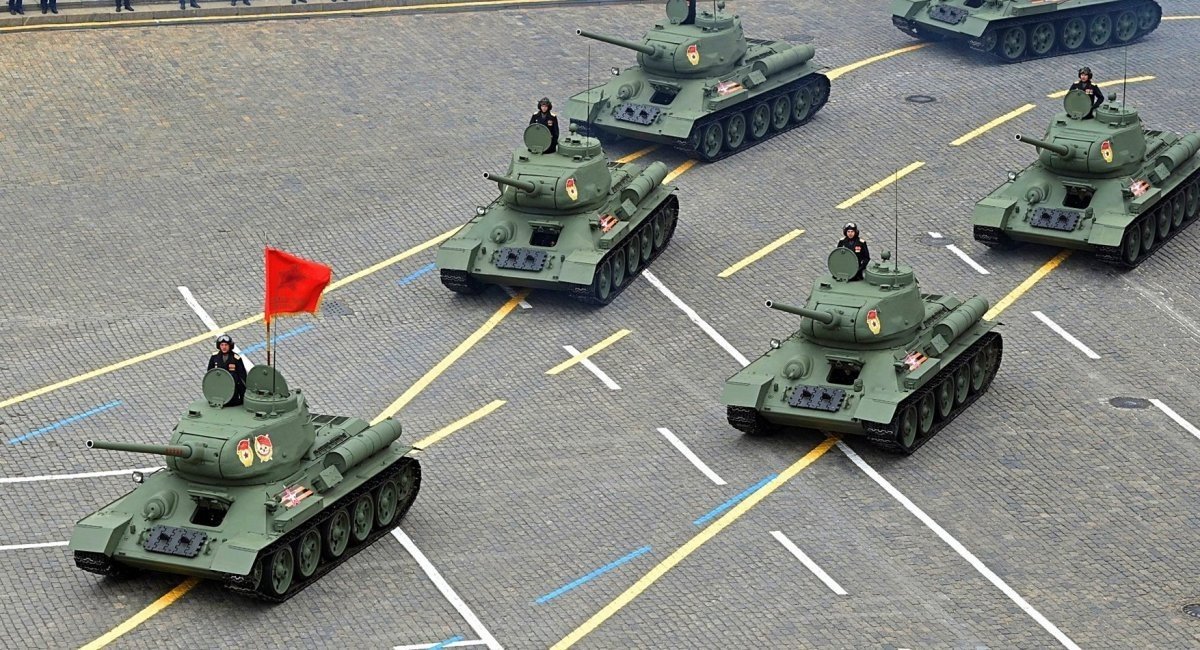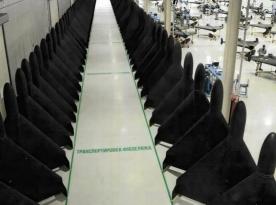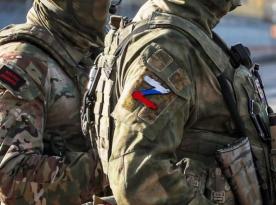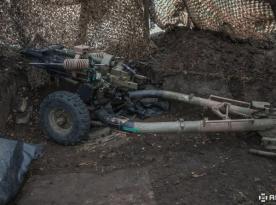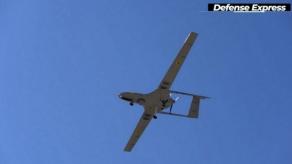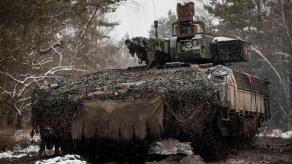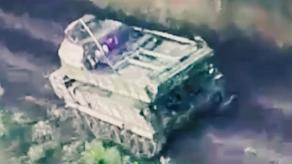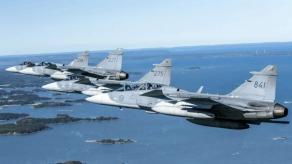Reports continue to emerge regarding North Korean troop deployments in russia to support its war against Ukraine. This raises questions about the Kremlin's own motives in this situation.
At first glance, North Korea's involvement might seem a clear sign of russia’s weakened position in its full-scale war against Ukraine. Yet, the Russians themselves may view it differently—as a demonstration of imperial power, theoretically showcased through the extraction of resources and manpower from satellite states.
Read more: Speaking of DPRK Soldiers in russian Army, Let's Also Recall the "Chinese Volunteers" in the Korean War
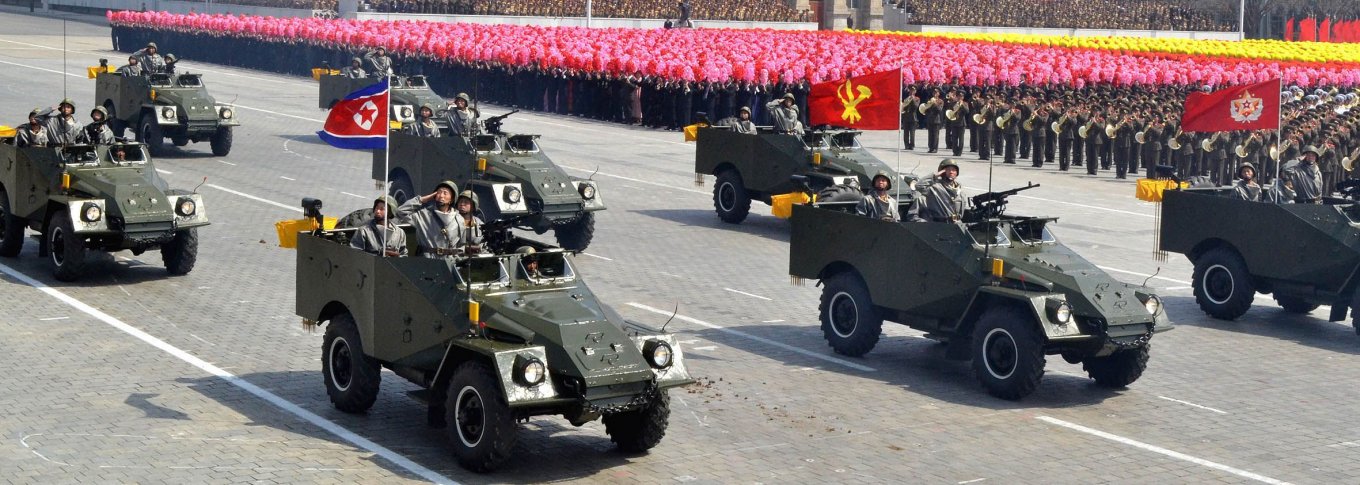
Historical examples support this perspective. For instance, the USSR during World War II received its own form of lend-lease from Tuva and Mongolia. Tuva, which lost its independence in 1944 and is the birthplace of Sergei Shoigu, and Mongolia were both satellite states whose resources Moscow extracted heavily, despite receiving substantial supplies from the United States and the United Kingdom.
As we’ll explore below, the grim joke about "stealing toilets" ironically reflects the Kremlin's longstanding policy of resource extraction for warfare—a policy that spans decades, if not centuries.
Interestingly, russians themselves extensively detail the aid they received from Tuva and Mongolia, while claiming it was entirely voluntary.
Deployment of Tuvan Volunteers
In Tuva—a relatively resource-poor country at the time, covering 170,000 square kilometers and home to a population of 190,000, mainly nomadic herders—the Soviet Union nonetheless extracted substantial resources for its war effort.
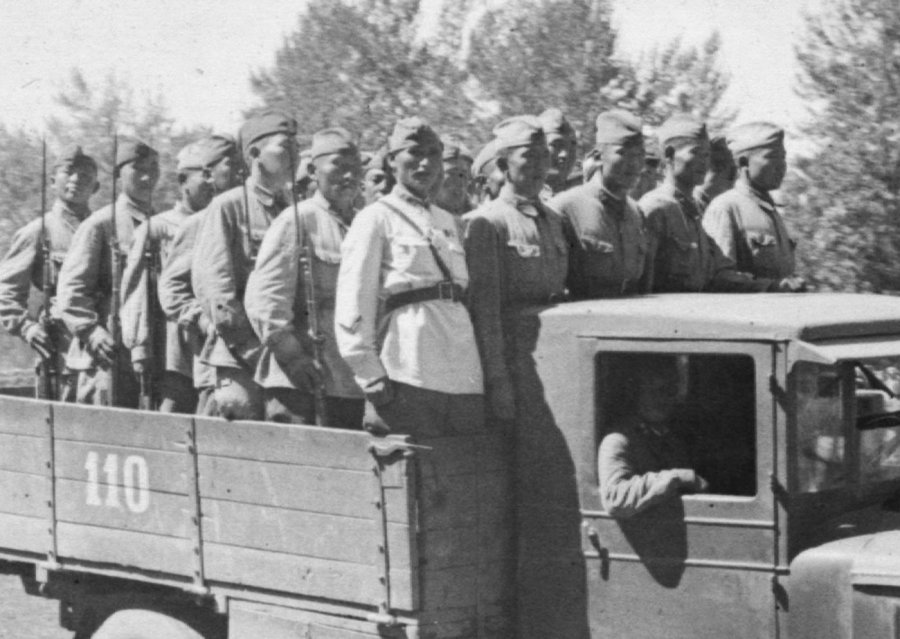
Soviet and russian sources report that 8,000 people from Tuva fought as volunteers in the Soviet forces, even though the Tuvan army's total strength did not exceed 1,000 soldiers. Notably, these Tuvan volunteers were used not only in front-line battles against the Wehrmacht but also in operations against the OUN-UPA.
Additionally, the people of Tuva “voluntarily” raised funds for a squadron of combat aircraft and likewise “voluntarily” contributed 50,000 horses, 700,000 head of livestock, 50,000 pairs of skis, and their entire gold reserve worth 30 million Soviet rubles to support the Soviet forces. Given this scale of resource exploitation, the comparison to “stealing toilets” seems fitting.
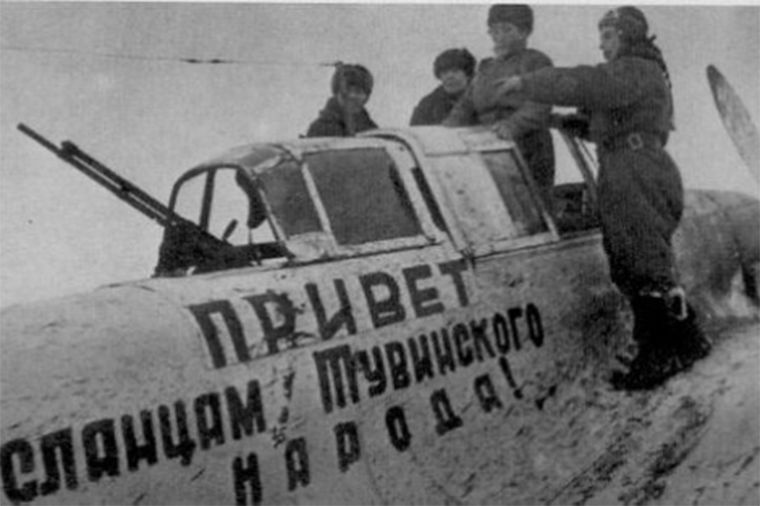
Mongolian Troops and Aid for the War Against Japan
In Mongolia's case, voluntary assistance to the USSR during World War II was substantial. Mongolia provided the Soviet Union with vast numbers of livestock crucial for the army and the economy, including 400,000 horses, 700,000 cattle, and nearly 5 million sheep and goats, much of which was donated.
The Mongolian population also voluntarily contributed funds to purchase 50 tanks and an aircraft squadron for Soviet forces, with some payments made in gold.
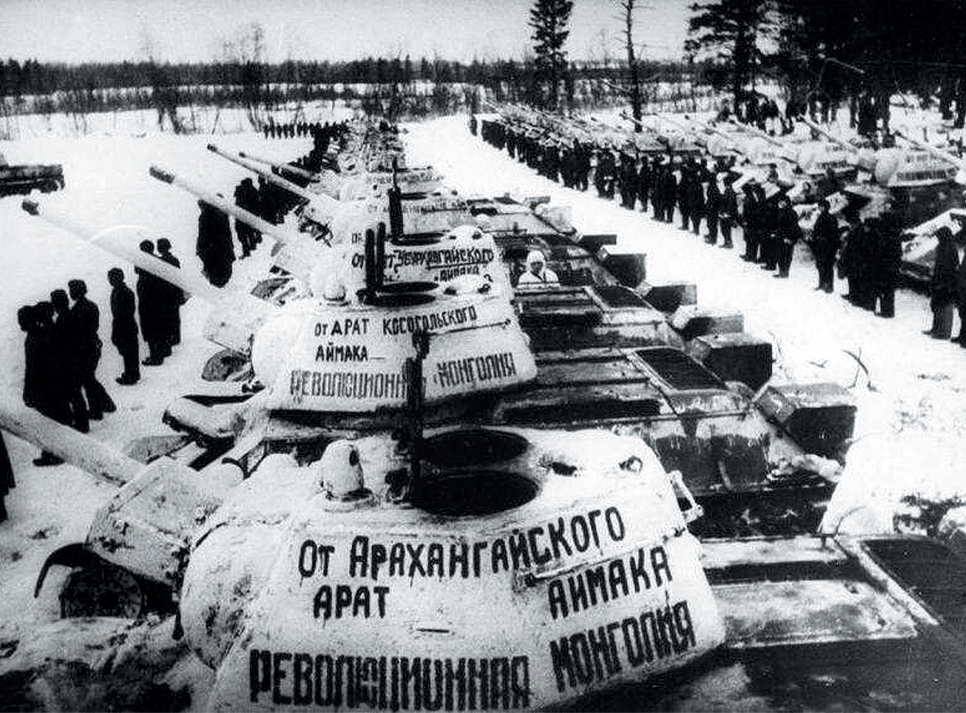
In 1945, the USSR deployed Mongolian troops during the war against Japan, though Moscow first provided Mongolia with some material and technological support.
Conclusion
Even from this brief overview, it’s evident that the Soviet Union exploited its satellite states' resources during World War II simply because it could, even when substantial Allied lend-lease supplies were available.
The Kremlin appears to be repeating this pattern today. This approach likely influenced its decision to involve North Korean troops, whose preparation suggests they are intended as little more than cannon fodder.
Read more: Kremlin's Energy Destruction Strategy Dates Back to the 1960s: Saboteurs Replaced by Tu-95MS Bombers




